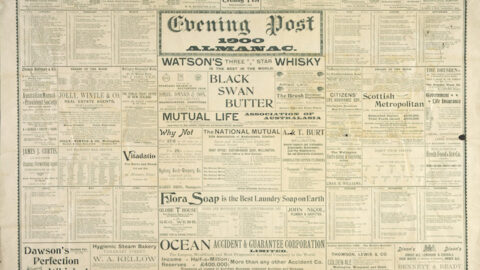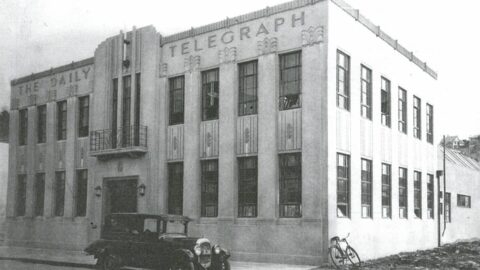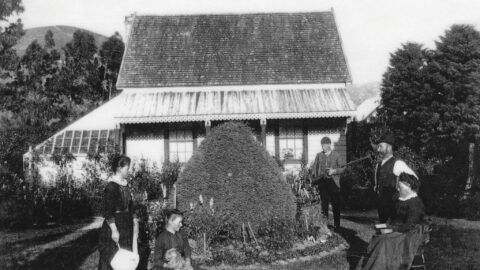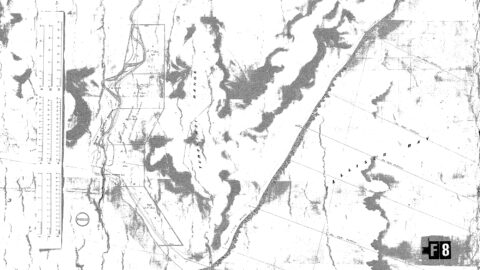The Accident to the Wainui-o-mata Dam – Official Visit to the Works
Pursuant to a resolution adopted at a meeting of the Public Works Committee on Monday evening, several members of the City Council proceeded to Wainuiomata yesterday for the purpose of inspecting the damage done to the waterworks by the recent flooding of the river. The party was composed of the Mayor, Councillors Richardson, FitzGerald, Miller, Danks, and Wilson, the City Engineer (Mr. Baird), a few prominent citizens, and the representative of the *Evening Post*. It included also a visitor to this city in the person of Mr. Shaw, a member of one of the principal suburban Councils in the neighbourhood of Sydney, who was present at the invitation of Councillor Richardson.
Three waggonettes served to convey the party to the spot, with a start being made from the Council Chamber at 9 a.m. After a very pleasant drive, the weather being simply magnificent, the site formerly occupied by Messrs Sinclair and Sons’ sawmills at Wainuiomata—located as near to the waterworks dam as ordinary vehicles can get—was reached about noon. Here the visitors alighted, and after some light refreshments in a neighbouring shed devoted to storing cement, the party proceeded on foot to complete the journey. There is a tramway from this spot to the dam, but owing to a landslip on the line, it was found impracticable to use it on this occasion. A twenty-minute walk brought the visitors to the dam, where they were received by Mr. G. H. Bayliss, the contractor, and shown over the reservoir works.
It was at Mr. Bayliss’ solicitation that the Council paid the present visit, as he was eager for Councillors to familiarize themselves with the nature of the damage sustained, so they could more effectively judge the extension of time that would be reasonable for completing the contract. The damage was immediately apparent—a large gap in the face-wall of the dam could be seen, this section of the concrete wall having been washed down by the force of the water. The “filling-in” at the back of the portion of the dam where the surplus water was to escape had been completely washed out. At the time of the flood, this filling-in had only needed a final coat of boulders set in cement. Had that been done in time, the damage could have been avoided.
Currently, men are working to replace the filling-in, though the task is expected to take at least a month due to the small number of workers who can be assigned to it at any given time. The water was so forceful that after the filling-in was washed away, a hole several feet deep was carved into the solid rock at the bottom. However, the damage is not expected to interfere with the laying of the water supply to town, though the question remains whether, given the abundant supply from another source, it will be desirable to connect it before the entire works are completed.
The only obstacle preventing the immediate laying of water is the absence of a safety valve at Petone, which is currently being supplied and will be finished in a few days. This valve is designed to stop the water at Petone in the event of a pipe burst along the Hutt Road, an occurrence that could otherwise result in the flooding of the Government railway line and create legal trouble for the civic authorities. The safety valve is described as a self-acting mechanism that closes instantly when the velocity of the water exceeds a certain rate, an apparatus praised for its simplicity.
In fact, the pipes have already been charged from both ends, and a few “bursts” have occurred. A pipe in the long tunnel cracked, but it was repaired using indiarubber fastened with iron bands. Another pipe burst on the smaller bridge over the river, and a third along the Wainuiomata road. Each instance was easily repaired. The party returned to town around 5 o’clock in the afternoon, and the proposed extension of time will be considered by the Council in due course.
Tags: Floods Long Tunnel Newspaper Pipeline Sinclair Tunnels Waterworks





